Ultramobility: Empowering employees to truly work anywhere
The era of hybrid work demands a new breed of devices, powered by cutting-edge components that enable constant connectivity and a multi-day battery life

Over a few short years, the business world was torn asunder thanks to COVID-19 before settling into a ‘new normal’. This state of play, however, is still being shaped. Organisations are transitioning from predominantly office-based work to a landscape in which time is divided across locations, employee choice is prioritised, and there’s a greater impetus on the work-life balance. Everyone agrees we can’t return to the previous model, but hybrid work isn’t foolproof and fresh concerns have arisen, particularly over hardware choice.
Despite the added freedom and flexibility, workers are encountering challenges in areas like connectivity and networking, as well as maintaining productivity. Choosing the right devices for the hybrid workforce is paramount to making hybrid work arrangements a success. As such, opting for devices that are more versatile, more portable and more functional than ever – and that encourage ultramobility – is essential.
Looking at the always-on, always-connected PCs (ACPCs) on the market on a surface level, however, won’t cut it; those factors are crucial in making a success of hybrid work. Devices embedded with Snapdragon® compute platforms are a great way to guarantee your hardware is fit for the modern age, offering your hybrid workforce the capabilities to make hybrid working work for them, and letting them flourish.
Facing the challenges of hybrid work
When the worst of the pandemic receded, nobody quite knew what this meant for working arrangements going forward. The initial wave of hope and optimism of the hybrid work era – with freedom and flexibility at its heart – has given way to a number of other issues regarding how to manage and support remote workers. These questions range from ensuring inclusion and networking opportunities to – critically for this discussion – supplying your workforce with the devices they need to be productive regardless of locale.
One of the most important aspects in choosing hardware for the typical hybrid worker is to ensure the device itself is portable and versatile – with ultramobility as a key consideration. This means deploying lightweight hardware that workers darting between homes, offices and other sites can carry without straining their backs. An adaptable form factor, like a 2-in-1, also means users can adjust the device to their particular needs, on-demand. Many devices businesses tended to favour pre-pandemic might not fit the bill, including laptops with oversized displays, or those with an unnecessary array of ports. Compatibility, too, with the latest systems like Windows 11 is essential for long-term reliability.
The need for an always-on, always-connected device is strong, with many hybrid workers moving between sites frequently. One may have once enjoyed continuous power and reliable Wi-Fi when working in one location – like the home or the office – but the networking infrastructure may not be present in external sites. It’s particularly daunting for workers who chose to work in more remote locations. Working on-the-go, too, means strong battery life is more important than ever. Multi-day battery life is just as important as enjoying a continuous internet connection in the modern era, and only the devices embedded with innovative and cutting-edge components – like Snapdragon compute platforms – are capable of rising to the challenges facing the hybrid workforce.
Peering beneath the bonnet
The plethora of business hardware available to hybrid workers means it can be difficult to choose which kind of device is best suited for all kinds of employees and their working preferences. A good guide to finding hardware suitable for the hybrid work era is to look for devices specifically built with Snapdragon compute platforms.
Better known perhaps for the Snapdragon mobile platforms that power some of the world’s leading smartphones, Qualcomm Technologies is also at the heart of creating an array of leading components for more sophisticated enterprise hardware. It’s also this history of excelling in manufacturing mobile processors that makes Qualcomm Technologies finely suited to developing components for hybrid-friendly devices, where ultramobility is a necessity.

When purchasing equipment either for yourself, as a remote worker, or on behalf of other employees as part of broad hardware acquisition programmes, keep an eye out for devices powered by components such as the Qualcomm® Kryo™ CPUs and powerful Qualcomm® Adreno™ GPUs.
Giving hybrid workers the tools they need
A Kryo CPU combined with an Adreno GPU comprises a key pillar of the Snapdragon compute platform, delivering powerful performance in a lightweight and sleek package. The Lenovo ThinkPad X13s, for instance, is fitted with the Snapdragon 8cx Gen 3 platform, which offers a heady mixture of power and practicality in a portable, fanless design. For a more versatile form factor, the Microsoft Surface Pro 9 – embedded with a 5G-equipped SQ3 customised Snapdragon 8cx Gen 3 platform – gives users the option to choose between using the device as a tablet or standard laptop.
Many of these devices, including the Surface Pro 9, are powered by platforms that ease connectivity with 5G functionality, so they can connect to public networks while in transit, or where strong and reliable Wi-Fi is difficult to nail down. Thanks to Snapdragon components integrated with modern-RF systems, these devices provide lightning-speed connectivity with 4G LTE as well as 5G data.
ACPCs built with Snapdragon compute platforms are also designed for productivity, and can support multiple applications at once, ranging from videoconferencing systems to graphic work like using Photoshop and InDesign. This, finally, comes alongside a propensity for these devices to support multi-day battery life, in light of the power efficiency of Snapdragon platforms. These machines, thanks to Snapdragon compute platforms, last approximately twice as long as the typical device, which is ideal for those who work on-the-go as well as digital nomads, who wish to be productive and improve their skills while travelling.
Across the board, Snapdragon compute platforms are revolutionising hardware in the new hybrid era by priming devices to become always-on, always-connected PCs. Although legacy hardware may have suited the world of analogue work, the hybrid era demands a new breed of devices built with ultramobility in mind – not just in terms of the form factor or shell design – but the components powering these units.
Learn more about Snapdragon compute platform
Disclaimer
Snapdragon is a product of Qualcomm Technologies, Inc. and/or its subsidiaries.
Get the ITPro daily newsletter
Sign up today and you will receive a free copy of our Future Focus 2025 report - the leading guidance on AI, cybersecurity and other IT challenges as per 700+ senior executives
ITPro is a global business technology website providing the latest news, analysis, and business insight for IT decision-makers. Whether it's cyber security, cloud computing, IT infrastructure, or business strategy, we aim to equip leaders with the data they need to make informed IT investments.
For regular updates delivered to your inbox and social feeds, be sure to sign up to our daily newsletter and follow on us LinkedIn and Twitter.
-
 AI is helping bad bots take over the internet
AI is helping bad bots take over the internetNews Automated bot traffic has surpassed human activity for the first time in a decade, according to Imperva
By Bobby Hellard
-
 Two years on from its Series B round, Hack the Box is targeting further growth
Two years on from its Series B round, Hack the Box is targeting further growthNews Hack the Box has grown significantly in the last two years, and it shows no signs of slowing down
By Ross Kelly
-
 Top five things you need to consider if moving to a hybrid working model
Top five things you need to consider if moving to a hybrid working modelSponsored Hybrid work is still evolving, and your business needs to anticipate these changes with versatile and cutting-edge hardware
By IT Pro
-
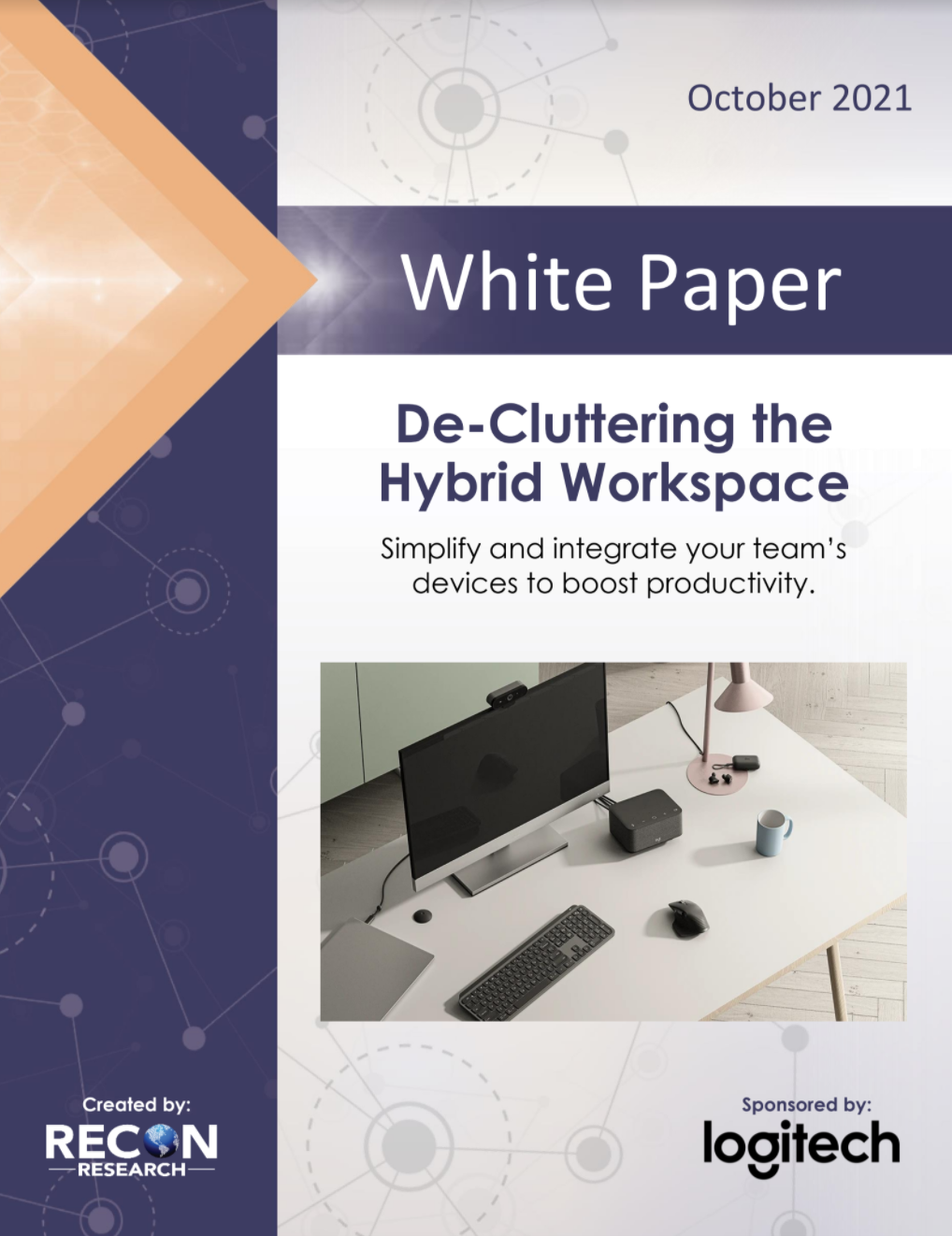 De-cluttering the hybrid workspace
De-cluttering the hybrid workspaceWhitepaper Simplify and integrate your team’s devices to boost productivity
By ITPro
-
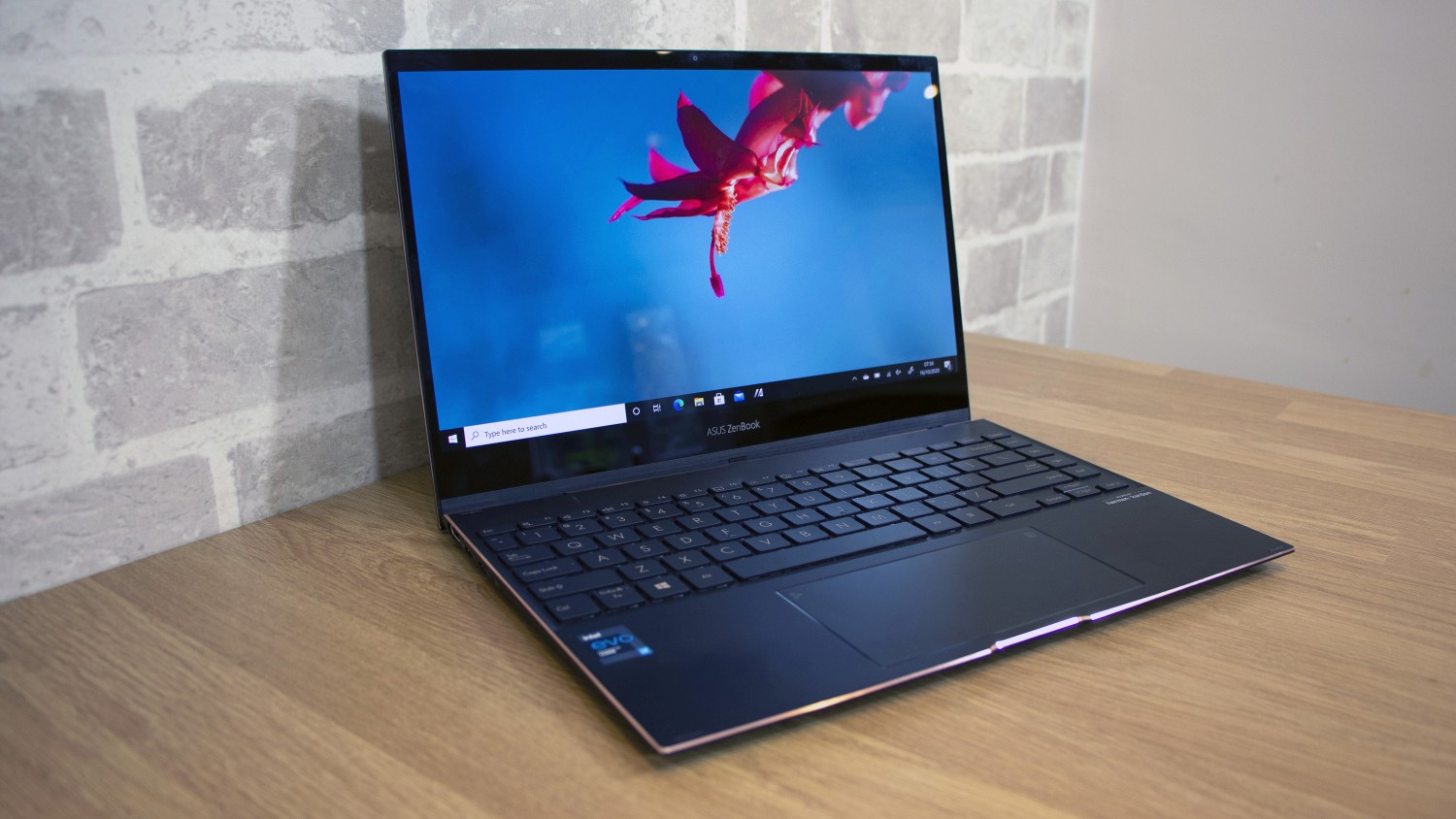
 Asus ZenBook Flip S UX371 review: Stylish and light, but not a record-breaker
Asus ZenBook Flip S UX371 review: Stylish and light, but not a record-breakerReviews This hybrid looks great and has a stunning screen, but Intel’s latest chips don’t deliver much improvement
By Mike Jennings
-
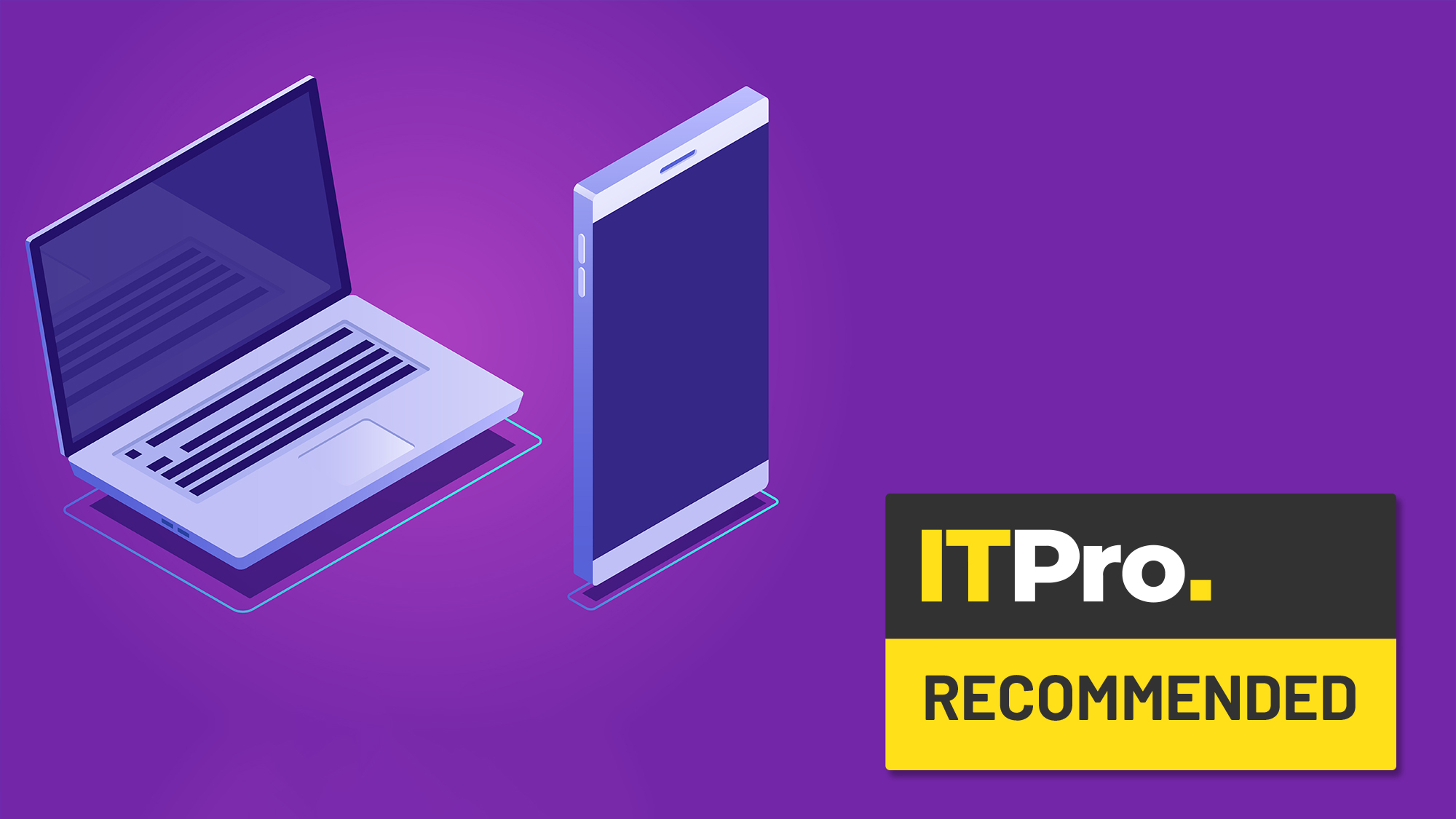 Best 2-in-1 laptops 2019: Get the best of both worlds
Best 2-in-1 laptops 2019: Get the best of both worldsBest The top hybrids, detachables and convertibles around
By Adam Shepherd
-
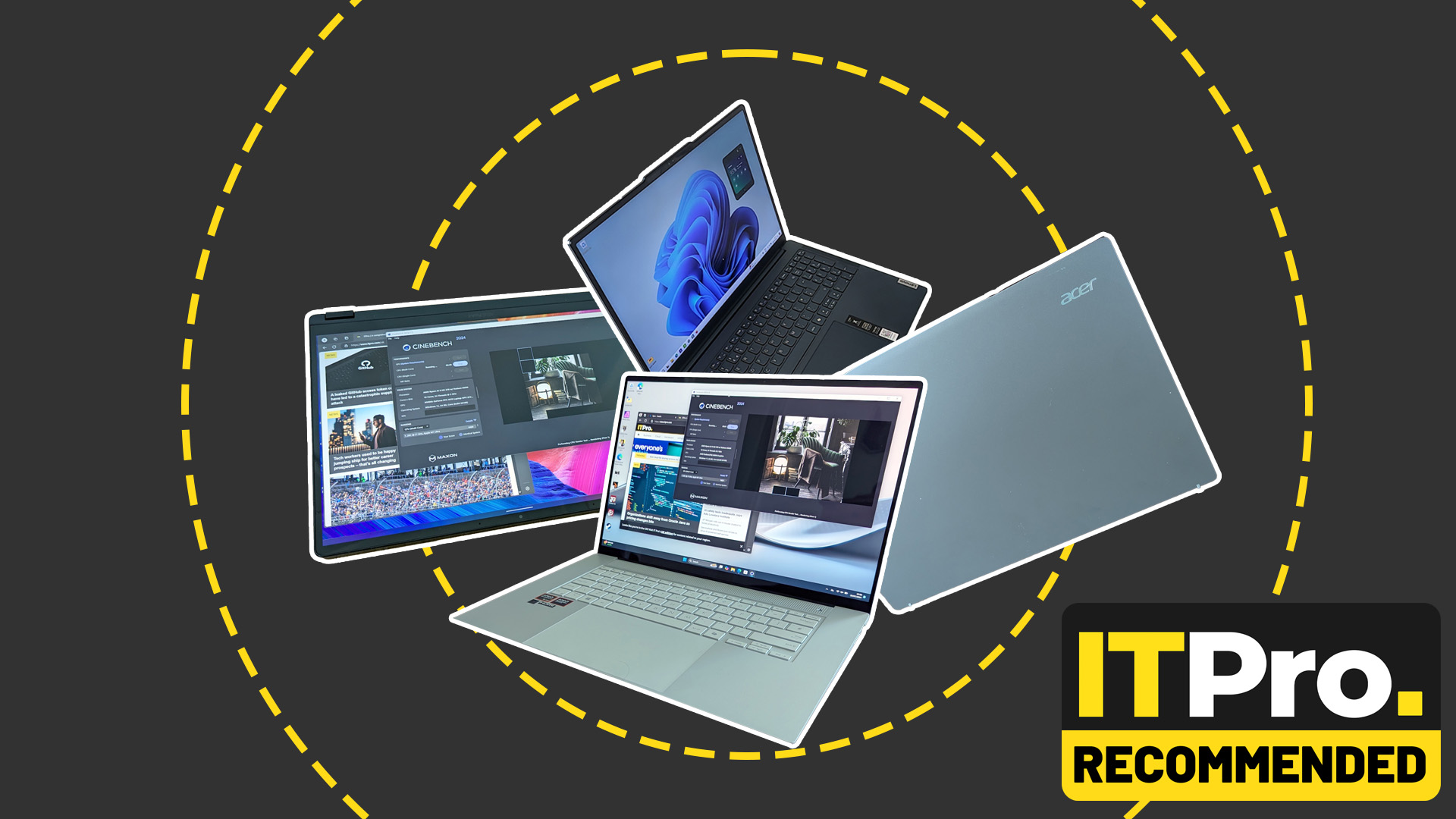 Best business laptops: Top business notebooks from Apple, Asus, Dell, and more
Best business laptops: Top business notebooks from Apple, Asus, Dell, and moreBest Looking for the best business laptops? Here’s our pick of the best machines around
By Alun Taylor
-

 Microsoft Surface Pro (2017) review: Still worth buying?
Microsoft Surface Pro (2017) review: Still worth buying?Reviews Microsoft's hybrid maybe five years old, but it still manages to pack a punch
By Dale Walker
-
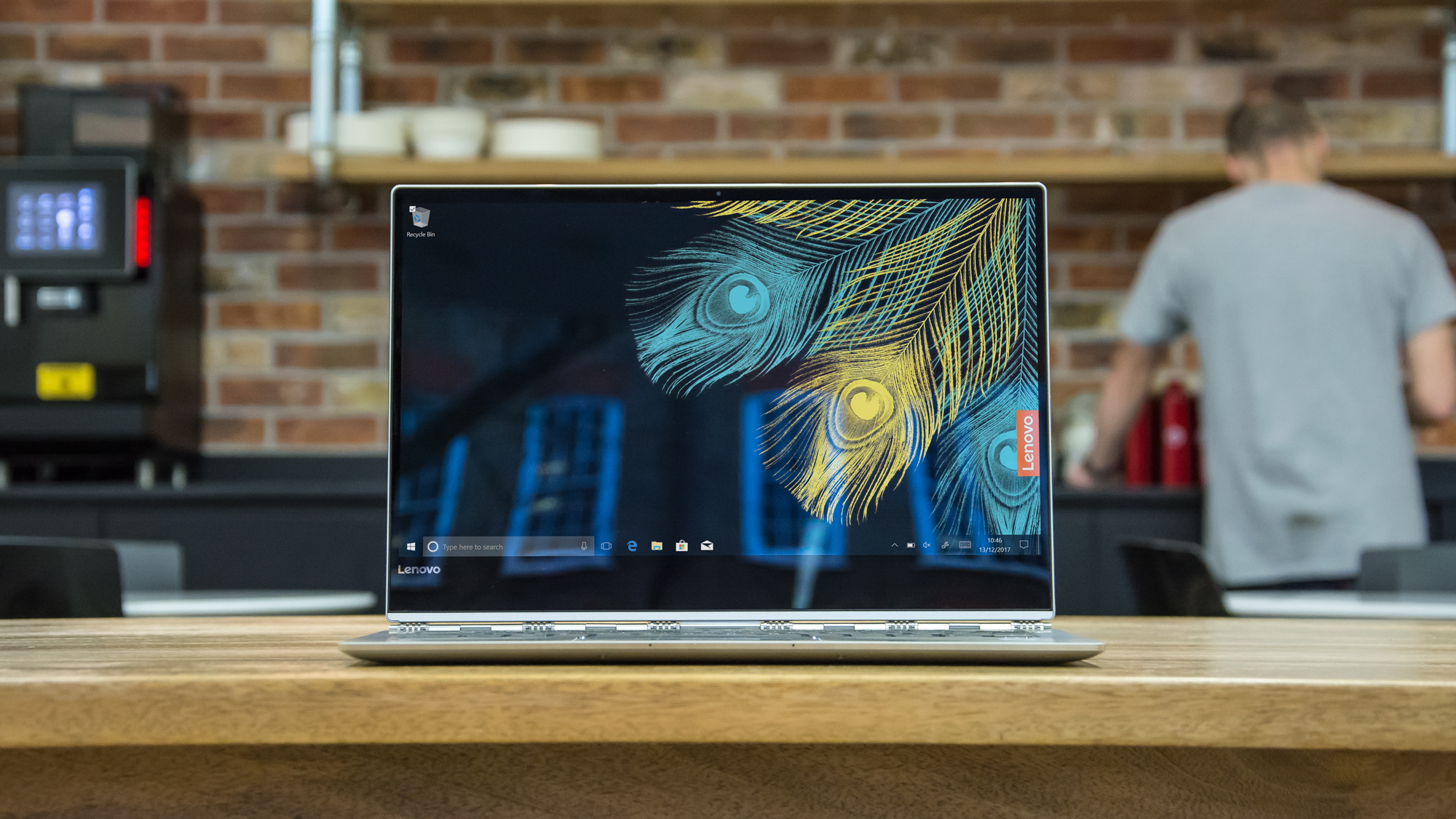
 Lenovo Yoga 920 review: A flipping powerhouse
Lenovo Yoga 920 review: A flipping powerhouseReviews While it sets the bar for convertibles, its price may be a little steep for some
By Clare Hopping
-
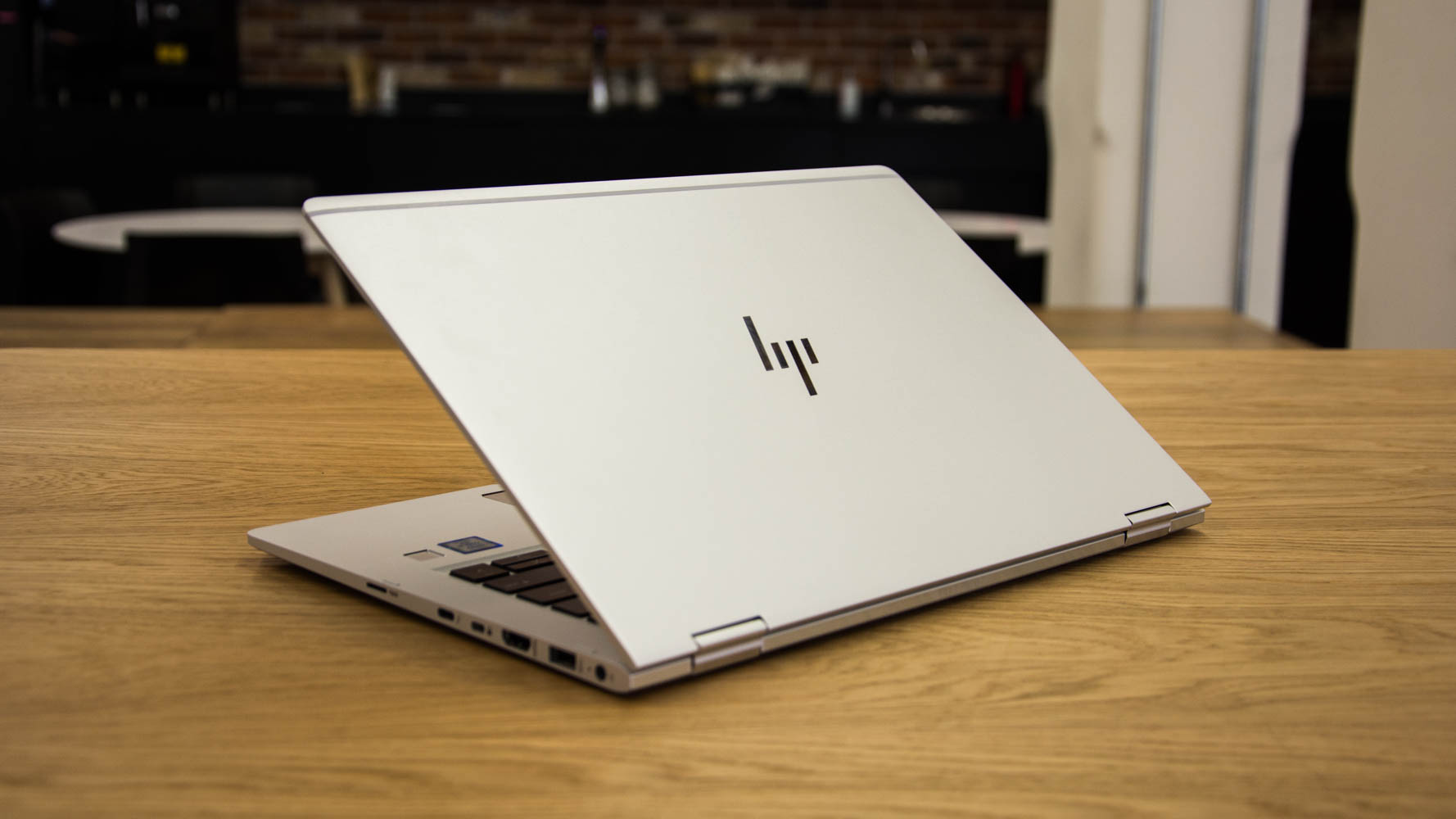
 HP Elitebook X360 1030 G2 review
HP Elitebook X360 1030 G2 reviewReviews Power, versatility and panache - this hybrid is a serious enterprise contender
By Adam Shepherd
